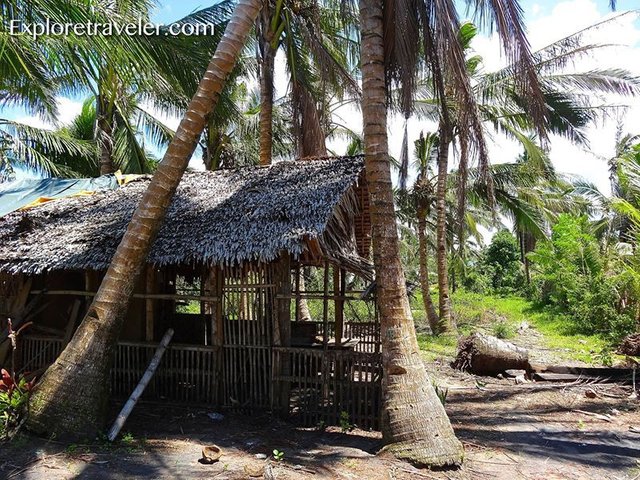Nipa Huts: Traditional Filipino Rural Living

Traditional Nipa Hut
Nipa Huts are a living symbol of rural life in the Philippines. It is the home of yesterday that has changed and survived even until today. Nipa Huts or Bahay Kubos are an icon of Philippine rural living. They are built differently in different areas, according to the conditions and circumstances of the area. Nipa Huts are a living Filipino icon.
There is no real definition of how a Nipa Hut is made, but there are several things that most have in common. The conditions in the Philippine lowlands have led to some basic similarities. Most of these huts are built-in three layers. Depending on whether they are in or near water. Most Nipa huts are built on stilts. Since most of the island has water to deal with, usually the bottom part of the hut allows the water to freely go under the hut. This is true especially near the coast and in boggy areas. There are a few exceptions to this rule in modern times, but it is followed even today in most areas. Only some of the materials have changed. Today, often the stilts are simple concrete cinder blocks rather than the traditional hardwood. Regardless of the materials used, the benefit to this style is protection from floods and also it keeps small animals out of the living area, such as rats.
Above the stilts is the living area or the tagalong. This area is accessed by a ladder. It is built open and is well ventilated to help keep the home cooler and to allow natural light to penetrate the home. They often have bamboo slats for floors, which allow the cool air to come up from the silong. The Philippines is very hot and humid, so the traditional Nipa hut allows for cooling. There may or may not be a ceiling. Often times the ceiling is not built to allow the hot air to rise and leave through the roof.
The roof is usually tall and steeply pitched, creating a space above the living area for the hot air to go. They are built with thatch, a material that is readily available. This gives the hut a cooling effect in the long hot humid summers. These roofs also were the reason many of these small huts survived the ash fall from the Mt. Pinatubo eruption. Many more modern homes succumbed to the weight of the ash and collapsed.
While modern Nipa huts have changed, the design has stayed basically the same. The walls are often built with bamboo rods or mats to allow the house to be cool in the hot summers and warm in the rainy season. They are still built-in a square shape and are left open for light and coolness. The windows are large to help give light and often are held open with a long bamboo rod, to allow for air flow. This is the modern Nipa hut—an icon that has survived and adapted over time.
On your next trip to the Southern Leyte, Philippines, take a trip to the rural areas and see living Filipino history. History is alive in the Philippines, so pack your bag and grab your passport.
ExploreTraveler has been creating travel articles, books, videos, and podcasts for several years now. It is our intention to bring our older material for others here to enjoy here on Steemit, and to create new material here as well. We invite you to click on our links to the original content, and to also follow us there as well.
This post was originally posted on Jan. 27,2015
https://exploretraveler.com/nipa-huts-traditional-filipino-rural-living/

If you have come here from our social media channels such as FaceBook or Twitter consider getting your free account, and make sure to follow all of us @exploretraveler @pilgrimtraveler @johngentry @vetvso @johngentryjr @karengentry @elijahgentry @floridagypsy and we will follow you back.
"Helping bring the world together one friend at a time. So travel and discover that the world is full of wonderful people." - ExploreTraveler @exploretraveler
We have a travel tip audio book that will help you that you can purchase at Audible --> Here
Happy Travels,

© 2017 ExploreTraveler. All Rights Reserved.
It's beautiful picture!!
Your job is very good :))
This post has been ranked within the top 80 most undervalued posts in the first half of Jan 10. We estimate that this post is undervalued by $4.15 as compared to a scenario in which every voter had an equal say.
See the full rankings and details in The Daily Tribune: Jan 10 - Part I. You can also read about some of our methodology, data analysis and technical details in our initial post.
If you are the author and would prefer not to receive these comments, simply reply "Stop" to this comment.